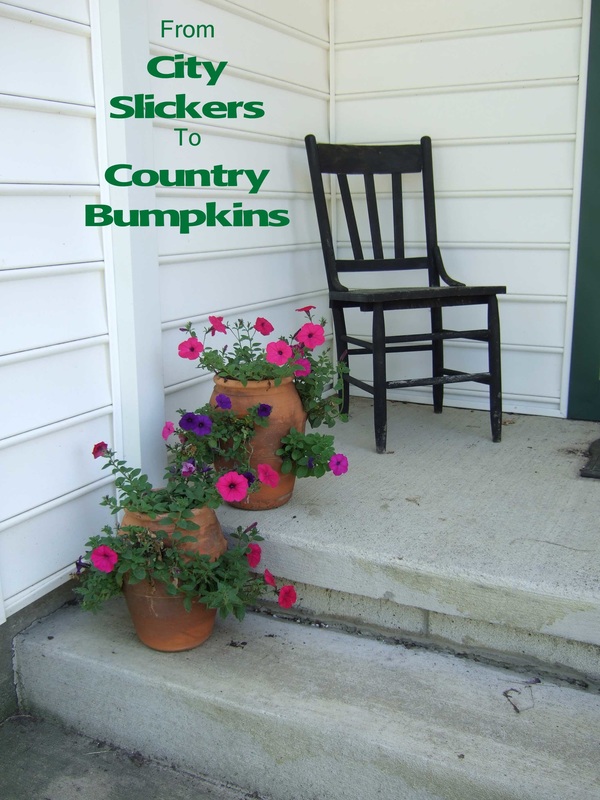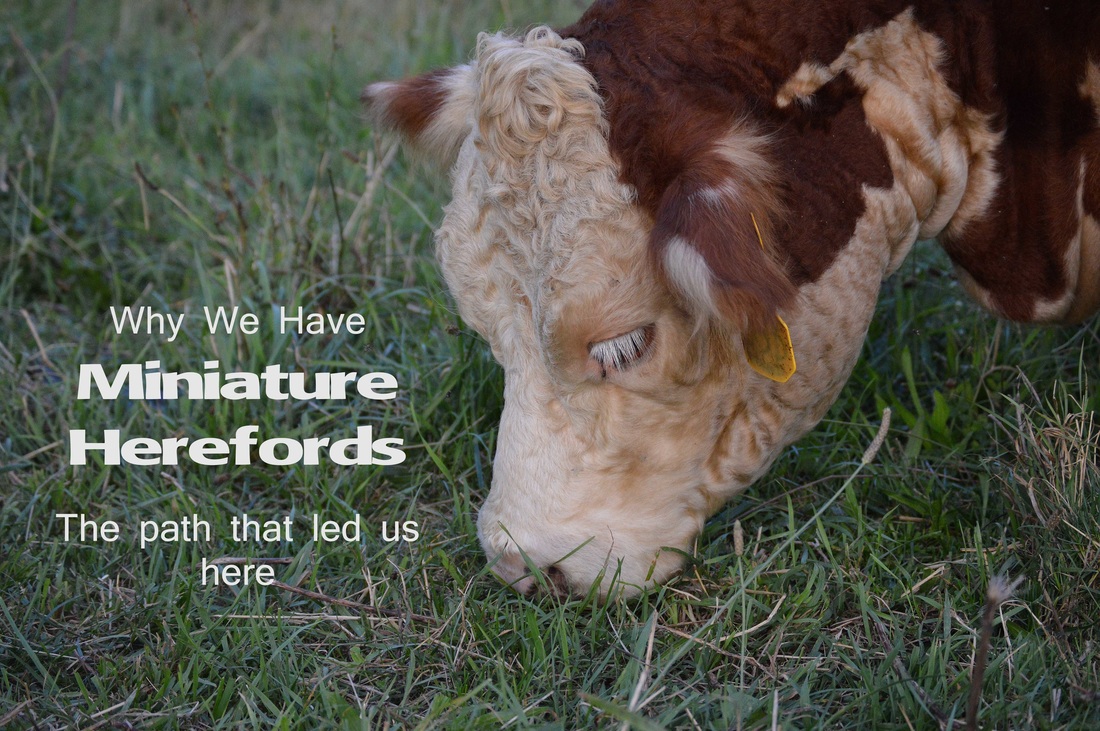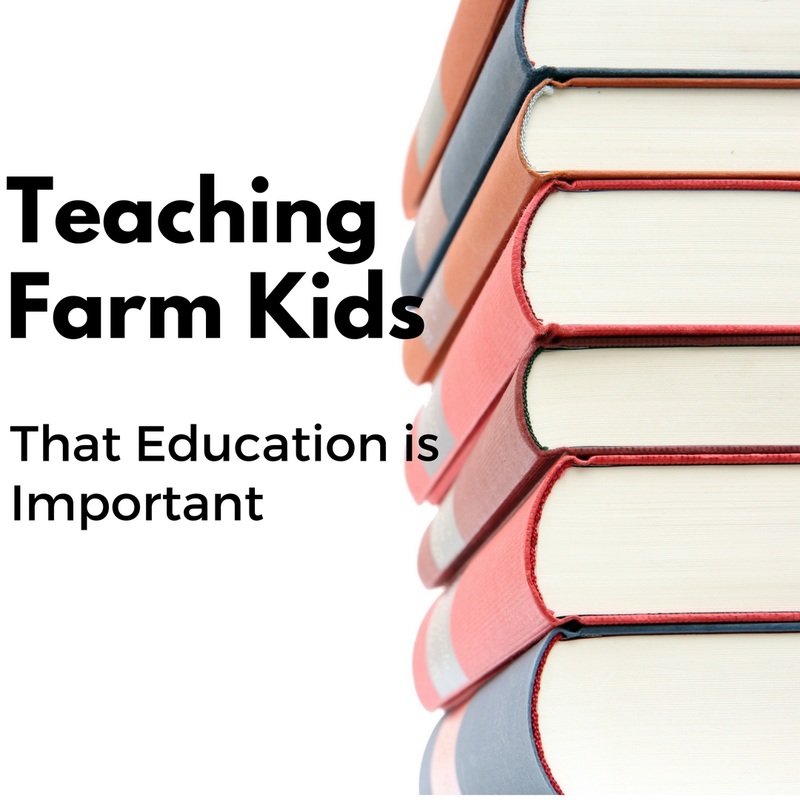|
The weather turned cold this week. There is no denying that winter is coming. Before the snow starts flying, there are several things we always do to make sure the cows are ready for the cold months ahead. Halter Break Calves Show season is just around the corner, so fall is always a good time to halter break the calves. We try to handle the calves as much as possible from day one, but with fairs and hay duties, we don't always get to spend as much time with them as we would like. They must be ready for the show arena by November, so it is now time to really get to work and fine tune the calves. We prefer to halter break with the tractor to save our backs, and then always put in a good amount of ground work and show stick practice. Clean the Barn The barn has been empty since the fair, but it is now time to bring the new show string into the barn. We make sure all the stalls have been thoroughly cleaned and then coat the stalls with diatomaceous earth or lyme to kill any bacteria, worms or viruses that may be lurking around. Of course, it is also a good time to throw all the empty feed bags and piles of used baler twine away. It is amazing how quickly a nice clean barn can turn into a pig pen.. We are going to be spending a lot of time in the barn, so we might as well make it as pleasant as possible. It is also a good time to replace any burnt out light bulbs. The days are getting shorter and shorter and it won't be long until all the time in the barn is when it is dark outside. Order Winter Bedding When we are in a pinch, we will use straw for bedding, but I think it makes a mess! We prefer to use sawdust or mulch. If we are going to use sawdust, we have a neighbor deliver a stockpile with his dump trailer. This year we are using mulch we were able to get for free from a tree trimming company. Plan ahead and stockpile whatever bedding you will be using in the barn. The pile dwindles much faster than you ever thought possible, so get a little bit extra just in case. It is better to get it now than to run out and have to have it delivered in the muddy winter or when it is too frozen to dig out of the pile at the sawmill. Worm the herd Winter confinement is a breeding ground for worms. We can't control the winter or the winter mud, so the most we can do is minimize the worms and their effects on the cows. Wormers are the most effective way to fend off the spread of worms in your cattle. While cows will always have some worms in their system, you want to make sure that there are not excessive amounts that are harming your cattle's ability to gain and maintain weight. Lice are also a problem in the winter months. Many wormers have added lice control. Worms and lice are a problem cattle farmers will always battle. It is not something we can eliminate, but it is extremely important that we control. Extreme cases of worms and lice can even cause death in cattle. But, with proper management, you can maintain a healthy herd. Vaccinate While we have everyone going through the chute for wormer, we also give our vaccinations. There is much debate about vaccinations, and I don't want to get into the debate. We usually vaccinate, but we have also chosen not to vaccinate some years. We do not vaccinate our steers because they stay on the farm and we are raising them to eat. But, we have decided to vaccinate all the other cows in our herd. Since we show our cattle all over the country, our show cattle are exposed to a world of diseases that we would rather they didn't contract. When we bring them home, we are also exposing the rest of our herd to anything the show cows may have picked up.. Because of this, we feel it is in the best interest of our herd to vaccinate. Winter Water We absolutely love the tank float valves. But...they have plastic parts. And...ice and plastic parts do not mix well. So, we have to put all the automatic waterers away for the winter and bring out the hoses. Breaking ice is never fun, so we make sure we have enough working tank heaters to keep the water thawed during the below freezing temperatures. Winter Mineral Having a good mineral program is essential. Even if you have good grass and feed with supplements, your cattle still need mineral supplements. Grass will not have minerals that are not present in your ground. For example, Ohio have very minimal amounts of selenium. The only way for our cows to get selenium is through a supplemental mineral. We are also very adamant that our cows get very high amounts of Magnesium. Minerals can vary greatly, so be sure to check the percentages on the back of the bag. We use a mineral program from Cargill called Right Now. Right Now has different minerals for different times of the year. In preparation for winter, we switch from the Bronze to the Gold. We offer our mineral free choice in a mineral feeder out in the paddock, so the cows can eat it as needed. Wean Calves The calves that were born in the spring are now old enough to be weaned. We try to keep our calves on their mammas until they are six months old. We have weaned calves as early as three months, but they struggle a little more at that young age, so if we can, we try to wait until they are closer to six months old. However, we do want to get them off their mammas before winter. Winter is hard on all the cows, but the mammas are all bred back, so not only are they keeping themselves fed and conditioned, they are also growing a new baby. If we don't wean this year's calves, it just completely depletes the mammas and by spring they are in really sad shape. Thanksgiving Feast Our Thanksgiving feasts are not far away. Thanksgiving is a celebration of the fall harvest and a time to indulge in a feast of good food. Cows should have the same privilege. After a good harvest of two cuttings of hay, the field is still producing some sweet fall grass. This grass is a perfect feast for the cows to give them a last minute nutritional boost before we have to move them to the winter paddocks and a diet of dry hay. There is still time before the snow flies, but the more we can do now to prepare for the cold months ahead the better. Miniature Herefords are very hardy cattle, but it can still be a challenge to maintain condition throughout the winter. We try to do all that we can to prepare our cattle and keep them healthy and thriving through the long winter months. You might also like...
1 Comment
Betty Phillips
10/18/2018 09:48:33 pm
I found this really interesting. Enjoyed learning about the different processes.
Reply
Leave a Reply. |
Let's Connect
AuthorHello! I am Heather... the city girl turned mom to manure loving country boys. My husband and I both grew up in the city, but spent weekends visiting grandparents in the country. We are first generation farmers who learn best by almost always doing things the hard way. I hope you enjoy following along with our adventures down on the farm. Archives
March 2024
Categories
All
Popular Posts |
The Cows |
The Family |
Follow Us |
Associations |

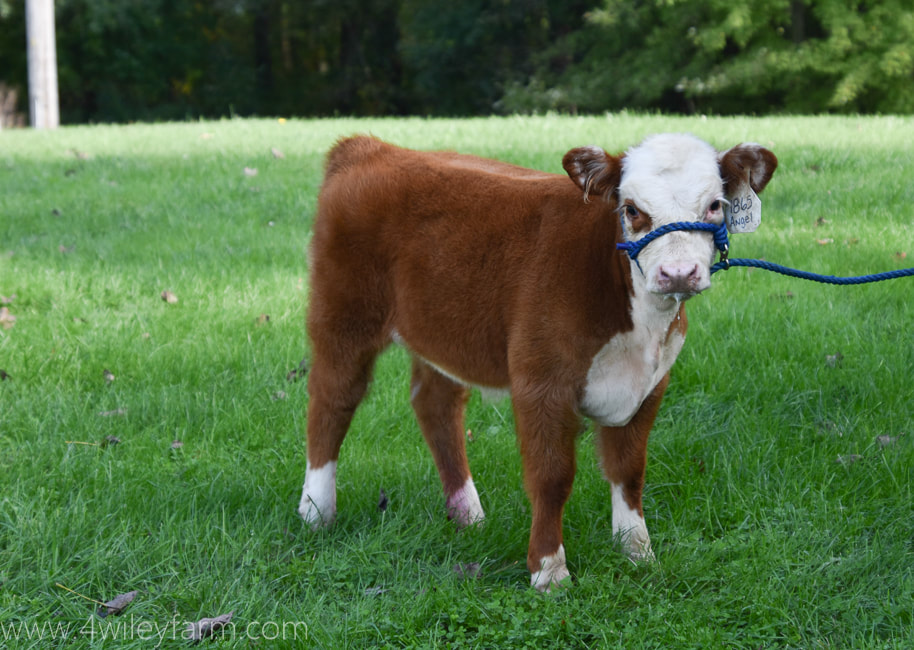
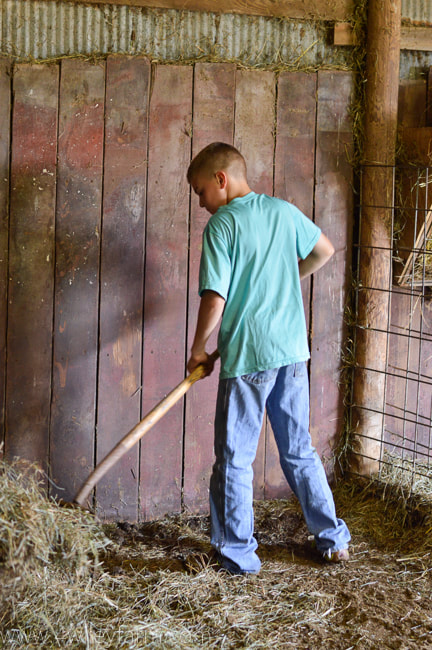
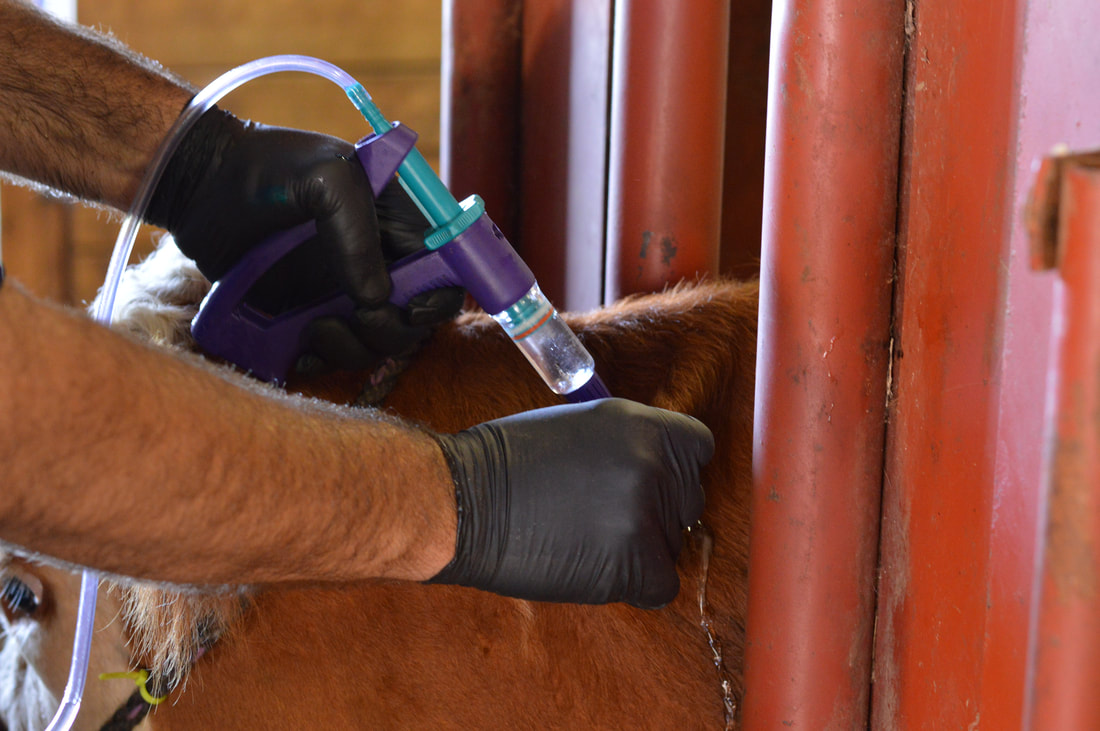
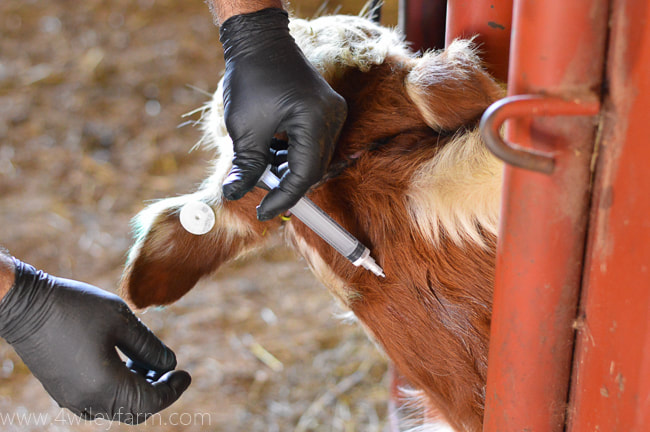
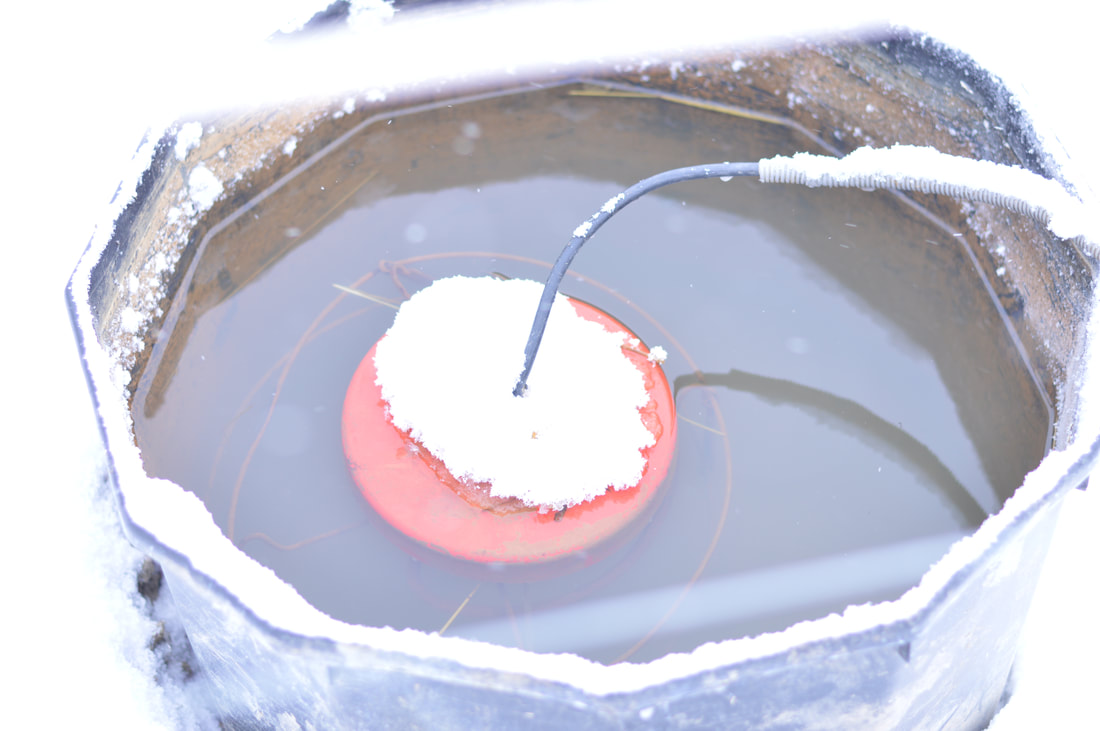
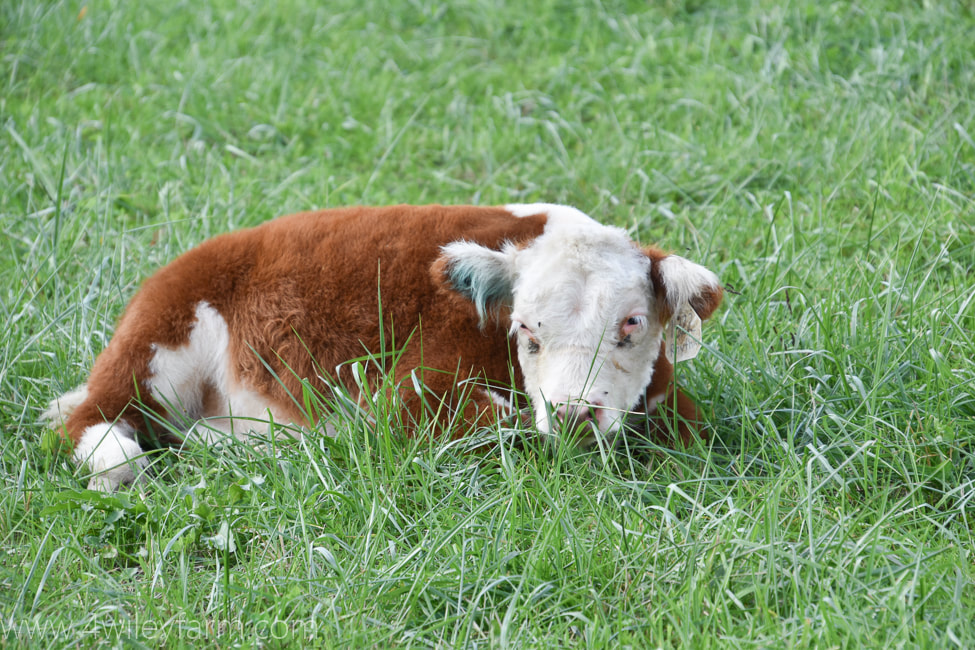
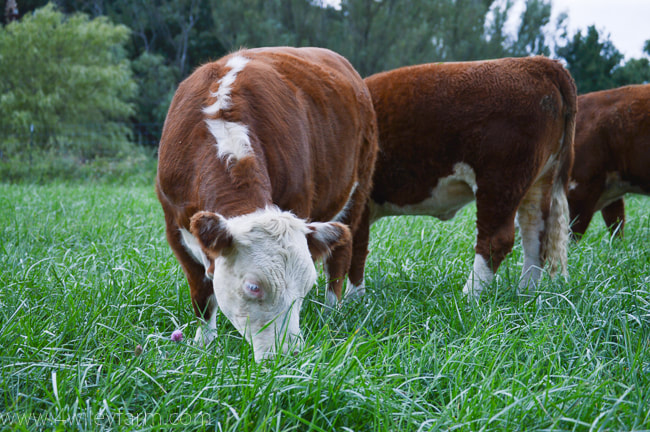
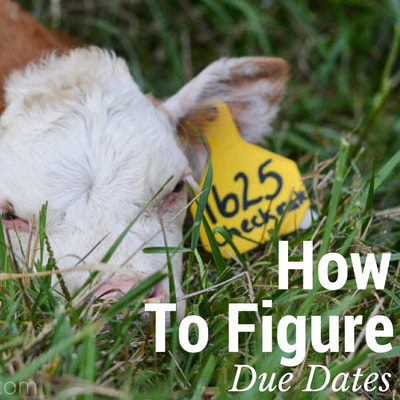
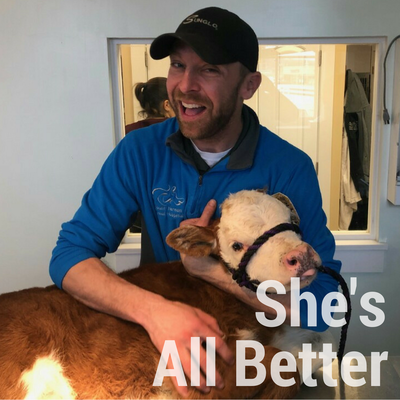
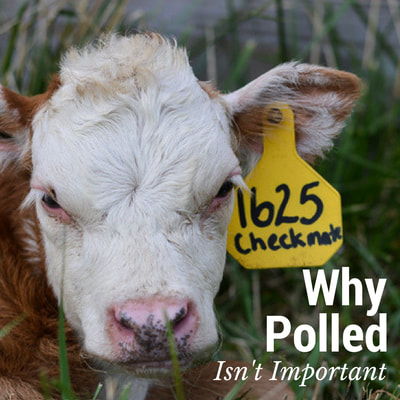
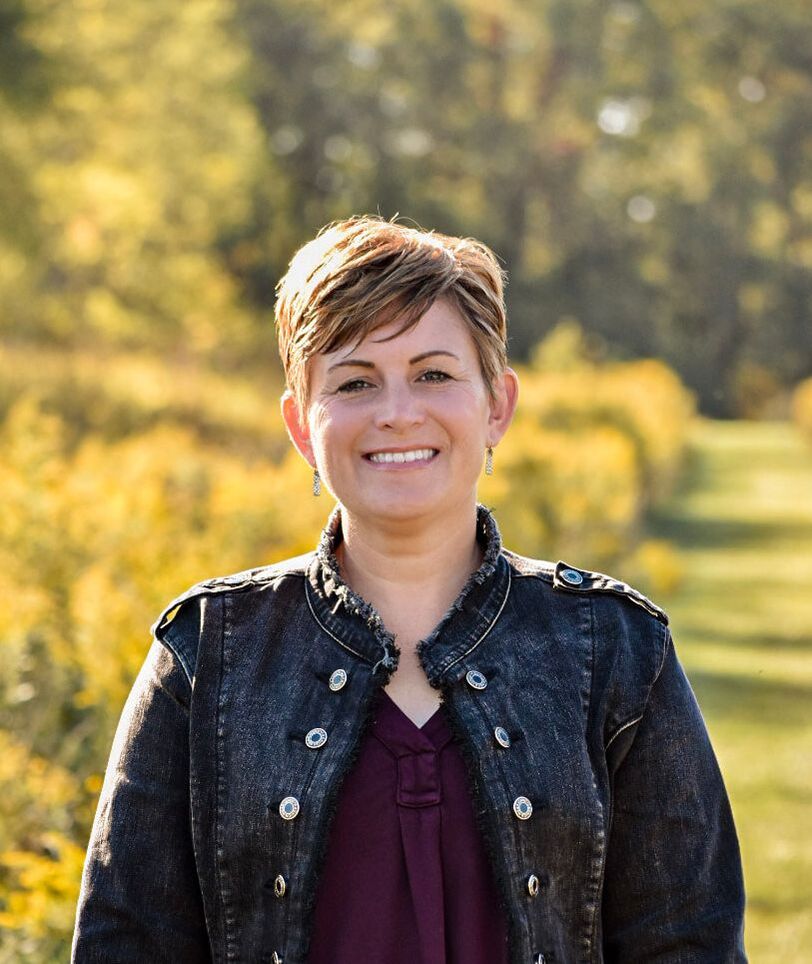
 RSS Feed
RSS Feed
